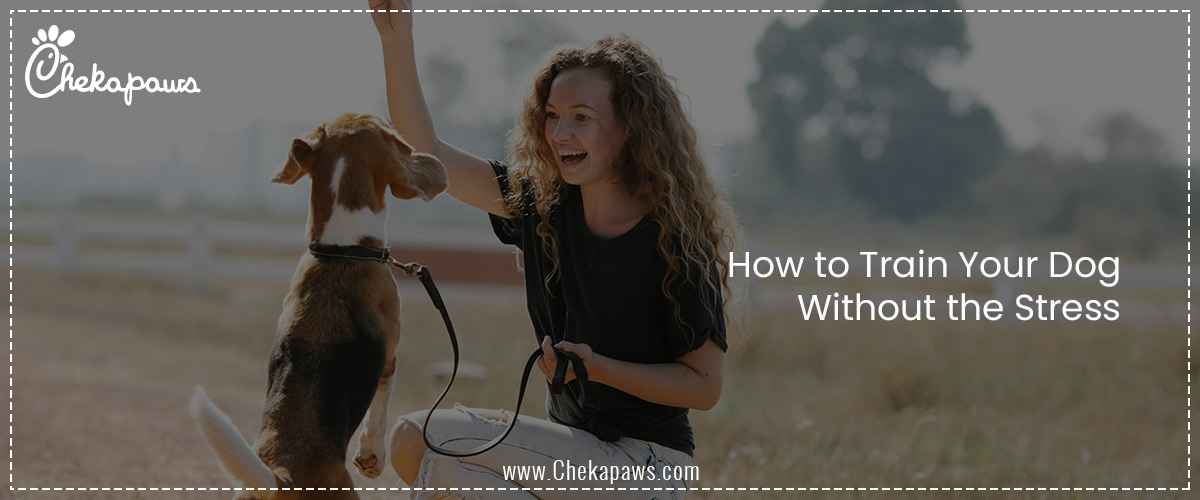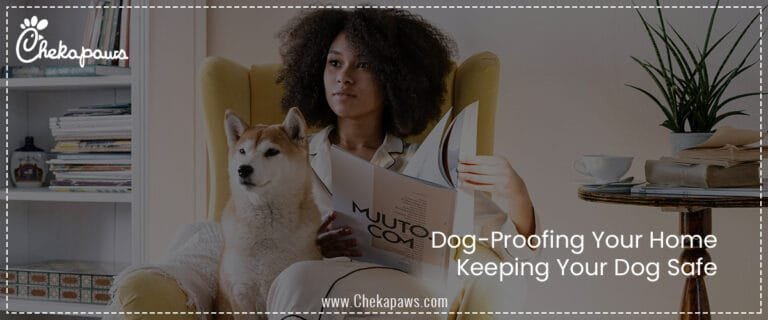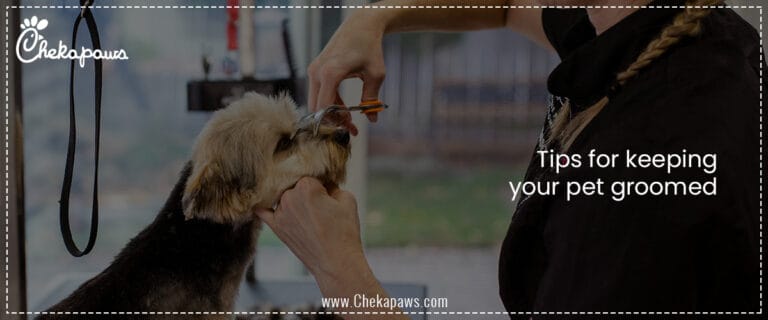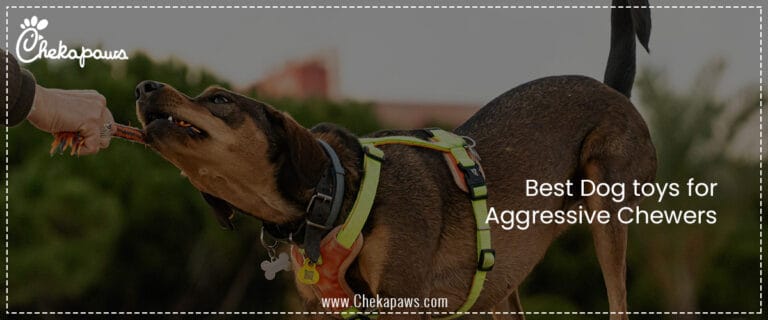As a pet parent, I am aware that discipline is the cornerstone of a well-behaved and emotionally stable dog, yet the term frequently conjures up ideas of severe commands or harsh training techniques. Thankfully, dog training has advanced significantly from such antiquated methods. We now know that discipline doesn’t have to be stressful, boring, or inflexible. Actually, it may be a happy, fulfilling aspect of your bond with your dog.
Punishment is not the goal of discipline. It has to do with structure, communication, and consistency—all of which dogs adore. You can teach your dog to respect limits, obey orders, and develop into a contented, self-assured friend by using playful and constructive techniques.
In order to make every training session a chance to connect, learn, and have fun, this article looks at enjoyable approaches to teach discipline. These techniques are meant to be fun for both of you, regardless of how old your dog is. Let us enter a world where training entails games, rewards, recognition, and triumphant tail-wagging.
Table of Contents
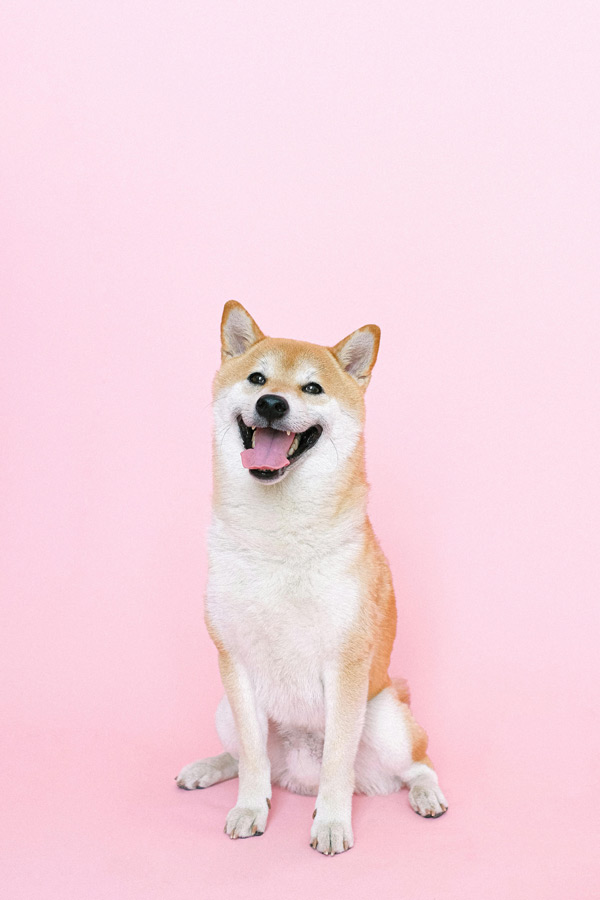
The Science of Positive Reinforcement
Understanding How Dogs Learn
Dogs learn up skills via connection. How they link behaviors to results is explained by the concepts of both classical and operant conditioning. Rewarding desired behavior, or positive reinforcement, makes it more likely to occur again. It functions by appealing to your dog’s innate drive for praise and treats.
The Benefits of Positive Reinforcement
While punishment may temporarily stop undesirable behavior, it breeds confusion and anxiety. Trust is developed through positive reinforcement. Your dog will be more likely to choose that behavior repeatedly if you give them a reward for sitting quietly or responding to your call.
Types of Reinforcement
- Treats: During early training, soft, expensive treats are most effective.
- Dogs adore your attention, so give them praise. “Good boy!” is a powerful statement.
- Toys: Playing a fast game of tug or throwing a ball can be a lot of fun.
- Clicker Training: By producing a dependable marker sound, a clicker facilitates the transition from behaviour to reward.
The timing is crucial
The desired behavior must be followed right away by the reward. Your dog may become confused if there is even a brief delay. Clarity is achieved through timing and consistency.
Creating a Fun Training Routine
Set the Conditions for Success
Select a peaceful, distraction-free setting. Start with brief sessions that last about five to ten minutes. Dogs, particularly puppies, have trouble focussing.
Make the Experience Gamified
Think of training as a game. Dogs enjoy playing, and play is the best way for them to learn. Make use of lively speech, dramatic gestures, and lots of movement.
Be Regular But Diverse
Keep each behavior to a single command word, but change the setting. Try letting your dog “sit” outside, on walks, or in a dog park once they’ve mastered it indoors.
Plan Your Training Around the Peaks of Natural Energy
After a quick workout and in the morning, most dogs are more attentive. A energetic dog should be walked before being trained.
Praise Progress Rather Than Perfection
Give your dog praise for trying even if they don’t get it right. They remain inspired and eager to attempt again as a result.
Basic Commands Made Enjoyable
Sit and Stay with Games
Add excitement while starting with the fundamentals. Develop “stay” by taking baby steps backwards after teaching “sit” with a goodie over the snout.
Game: Red Light, Green Light
- When you stop, teach your dog to “sit.”
- Praise them when they sit on their own when they walk and stop abruptly.
- Excellent for attention and impulse control.
Come (Recall) with Hide and Seek
By rewarding your dog and using playful language when you call them, you may make recall pleasant. Then step it up a level.
Game: Hide and Seek
- Call your dog while hiding behind trees or furniture.
- Give them goodies and enthusiasm when they find you.
Leave It with a Challenge– Put a treat in front of your dog and say “leave it.” Cover it if they try to grab it.
Game: Treat Temptation
- Prepare several treats and only give them a reward when they refuse.
- To make it more challenging, include a movement or toy.
Heel with Musical Chairs – Using a short leash and some treats, teach your dog to accompany you on walks.
Game: Musical Chairs Heel
- Take a walk and listen to music together.
- Ask for a “sit” next to you and turn off the music.
- incentives for remaining nearby and maintaining composure.
Turning Common Problems Into Training Opportunities
Jumping Up – Dogs jump to welcome or attract attention.
Game: Four on the Floor
- Until all of your dog’s paws are on the ground, ignore them.
- Then give out the award right away.
- Once they understand, give them a cue, such as “say hello.”
Excessive Barking – Frequently brought on by excitement, fear, or boredom.
Game: Quiet Time Challenge
- Use a treat to teach “quiet.”
- After the bell rings softly, reward stillness.
- Slowly extend the quiet time.
Leash Pulling – Pulling towards a conflict while pulling turns.
Game: Follow the Leader
- When your dog tugs, change course.
- Reward them each time they remain at your side.
- To keep people guessing, include entertaining directions and unexpected turns.
Chewing and Digging
Chewing frequently caused by too much activity or a lack of mental stimulation.
Game: Treasure Hunt
- Use boxes or mugs to conceal toys or sweets.
- To find them, let your dog smell and dig.
- Refocuses energy and fulfils inclinations.
Social Discipline Through Group Play
The Importance of Social Skills – Dogs learn from one another. Playing with others under supervision aids in their comprehension of body language and boundaries.
Group Games for Manners
Game: Pass the Puppy
- Pass the dog around in a group.
- Everybody requests a command (sit, paw, etc.).
- Builds focus and adaptability.
Game: Toy Share Time
- Make use of one costly gadget.
- Use play to teach sharing.
- To start a sharing conversation, use “wait” and “okay.”
Reading the Room – In social situations, keep an eye out for symptoms of stress or overstimulation. When necessary, intervene with soothing games or breaks.
Mental Stimulation and Discipline
The Importance of Brain Work
Exercise may not always be as beneficial as mental exhaustion. Dogs who are bored frequently start to misbehave.
Puzzle Games
Purchase treat-dispensing toys or use boxes and towels to create your own DIY puzzles.
Scent Work Dogs’ noses are strong. Make use of your superpower.
Game: Track Down the Fragrance
- Give your dog a goodie to sniff out.
- Make it easier at first, then more difficult with more rooms.
Training Tricks
Instruct them to “spin,” “roll over,” or “play dead.” These techniques, which call for patience and concentration, are ideal for discipline masquerading as enjoyment.
Fun Tools and Products That Help
Clickers – Clickers offer a unique sound to indicate precise behaviour. They accelerate learning.
Flirt Poles – An excellent tool for impulse control is a flirt pole, which resembles a gigantic cat toy. Your dog should learn to “wait” and then “get it.”
Target Sticks – Excellent for guiding your dog through obstacles or giving “touch” cues.
Engaging Feeders – Use snuffle mats or puzzle bowls to turn meals into a game.
Videos and Apps for Training – To keep training interesting, apps such as Pupford, Dogo, or GoodPup provide gamified, guided instruction.
Measuring Progress Without Stress
Keep a Training Diary – Record every session, including the command you practiced, your dog’s reaction, and the most effective way.
Set Small, Achievable Goals – Don’t strive for excellence. Celebrate when your dog learns to wait five seconds before eating!
Adjust for Personality – More patience may be required for shy dogs. Dogs with high levels of energy could require shorter, more frequent sessions.
Celebrate Every Win – Finish each session with a bang. Take part in your favourite game. Speak in your most joyful tone. Tell your dog that they did a fantastic job.
Conclusion
Keeping a routine doesn’t have to be difficult; it can be enjoyable. Your dog will learn more quickly, retain information longer, and form stronger ties with you if training is mixed with play, laughter, and enjoyment. Every lesson may be turned into a game, from basic instructions to intricate actions. You may raise a dog that listens because they trust and like working with you, rather than because they are afraid, if you are patient, positive, and creative.
Keep in mind that the happiest dogs are frequently the most disciplined ones because they are aware of their surroundings, know what is expected of them, and are secure in their relationship with you. Take your clicker, your rewards, and your sense of humour, and make every training session a successful one.
